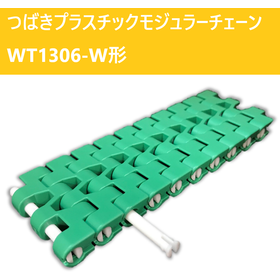Detailed illustrations of the schematic diagram near the electrolyte interface and the solvation structure in the electrolyte are provided!
In the charging and discharging process of lithium-ion secondary batteries, various phenomena occur near the interface with the electrolyte and the anode, including the formation of solvation, desolvation, the formation of electric double layers, and the de-insertion and insertion of Li ions. This document introduces a case where the ESM-RISM method, which combines the Effective Shielding Medium Method and the Reference Interaction Site Model, was used to evaluate the microscopic distribution of electrolyte components through simulation. This method is expected to be applicable not only to secondary batteries but also to a wide range of fields, including fuel cells, various catalytic reactions, and the corrosion and protection of metal surfaces. 【Contents】 ■ Overview ■ Data - Schematic diagram of the anode (graphite) - electrolyte interface - Solvation structure in the electrolyte - Electric double layer near the anode - electrolyte interface *For more details, please refer to the PDF document or feel free to contact us.
Inquire About This Product
basic information
For more details, please refer to the PDF document or feel free to contact us.
Price range
Delivery Time
Applications/Examples of results
For more details, please refer to the PDF document or feel free to contact us.
catalog(1)
Download All CatalogsCompany information
MST is a foundation that provides contract analysis services. We possess various analytical instruments such as TEM, SIMS, and XRD to meet your analysis needs. Our knowledgeable sales representatives will propose appropriate analysis plans. We are also available for consultations at your company, of course. We have obtained ISO 9001 and ISO 27001 certifications. Please feel free to consult us for product development, identifying causes of defects, and patent investigations! MST will guide you to solutions for your "troubles"!


![[Analysis Case] Distribution Simulation of Lithium-Ion Secondary Battery Electrolyte Components Using the ESM-RISM Method_C0646](https://image.mono.ipros.com/public/catalog/image/01/e14/570613/IPROS15533715400927455299.jpeg?w=120&h=170)

![[Analysis Case] Condition Assessment of Highly Degraded Organic Materials](https://image.mono.ipros.com/public/product/image/9e3/2000243682/IPROS3282132735278466342.jpg?w=280&h=280)

![[Analysis Case] Comprehensive Evaluation of Lighting Emitting Devices](https://image.mono.ipros.com/public/product/image/38e/2000026102/IPROS41936127757845778359.jpeg?w=280&h=280)


![[For companies concerned about PFAS regulations] Room temperature fast-drying protective agent for electronic substrates.](https://image.mono.ipros.com/public/product/image/7ef/2001215047/IPROS06364268124067060959.png?w=280&h=280)
